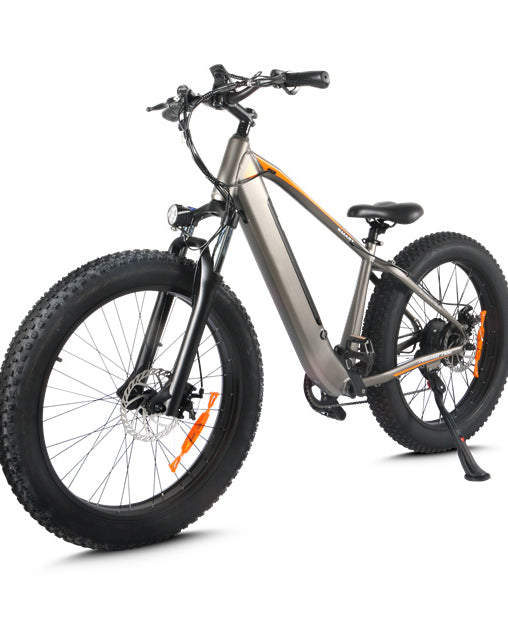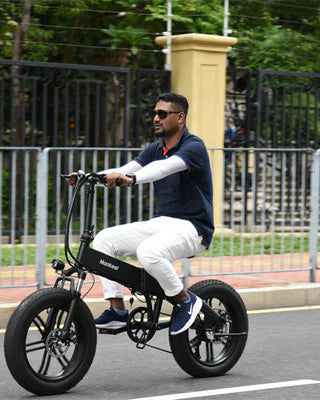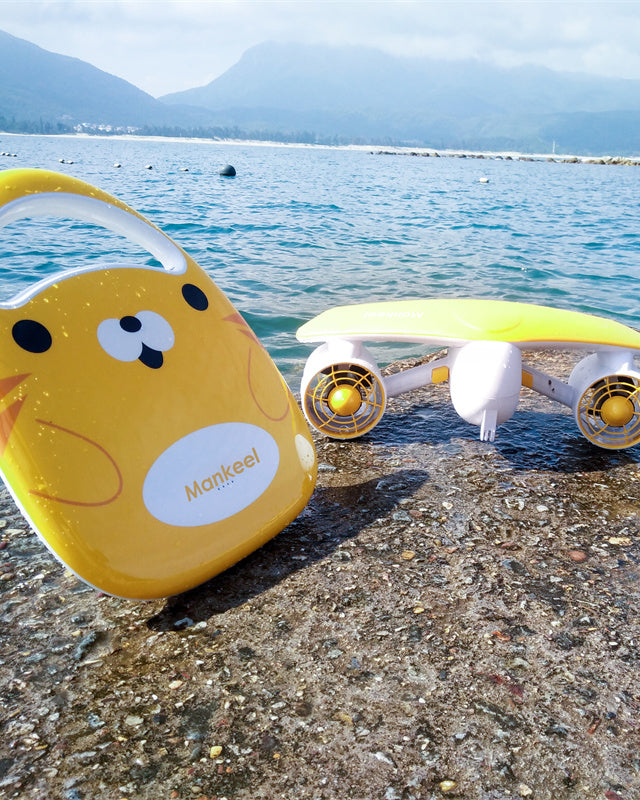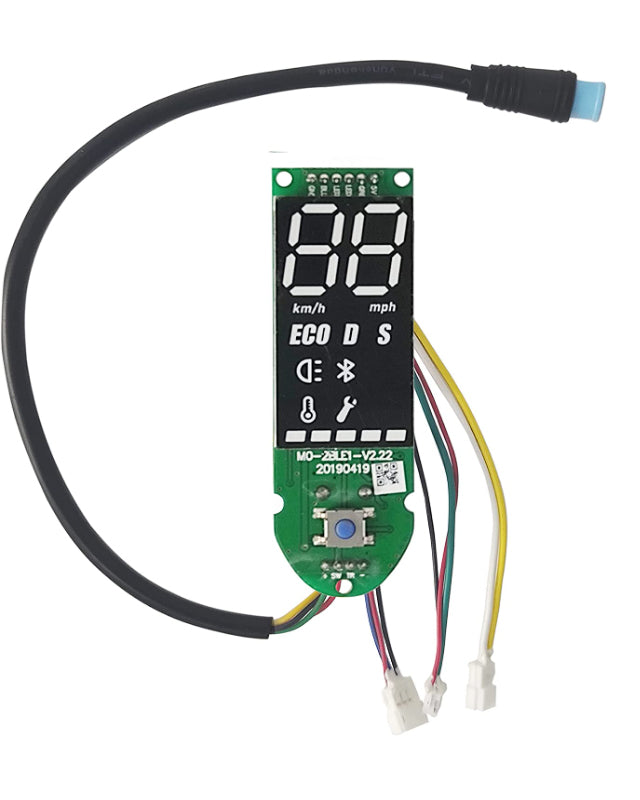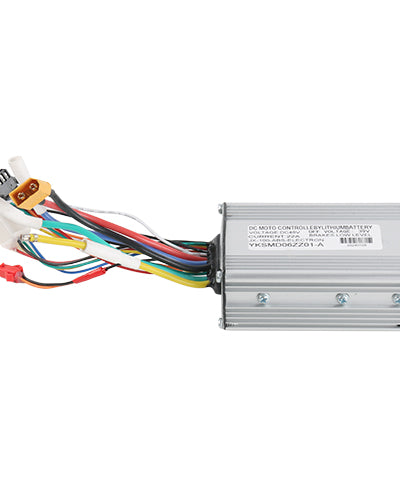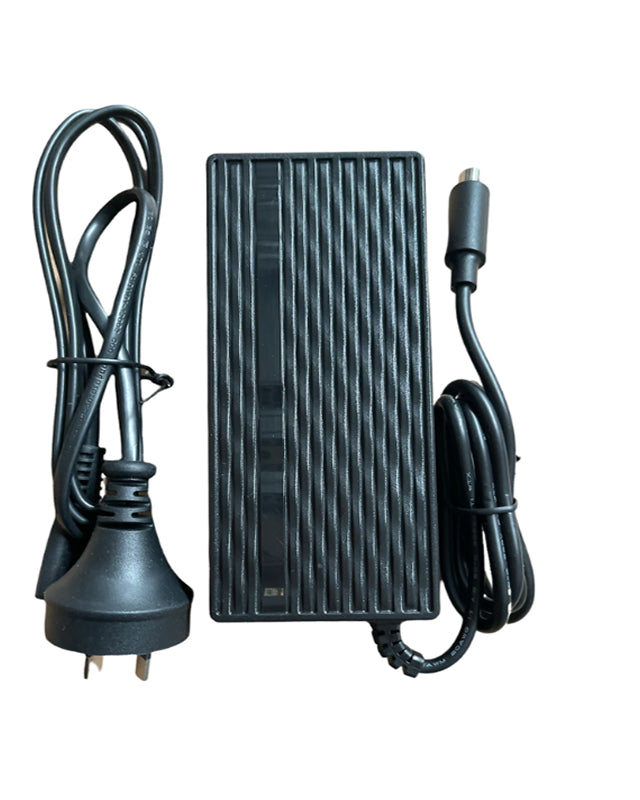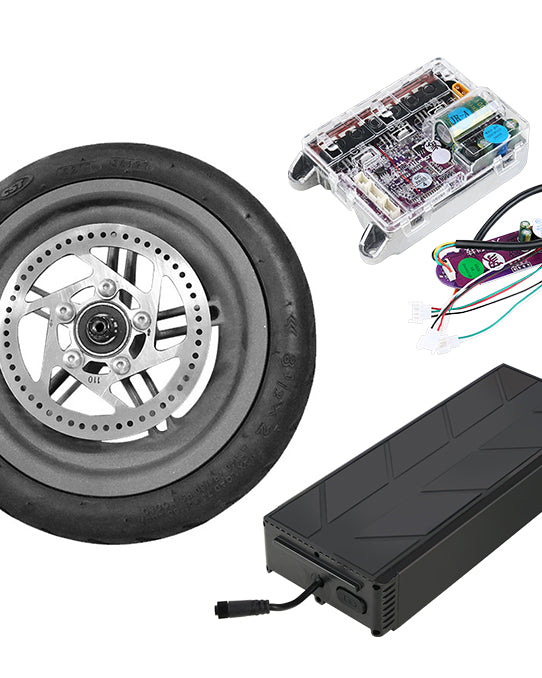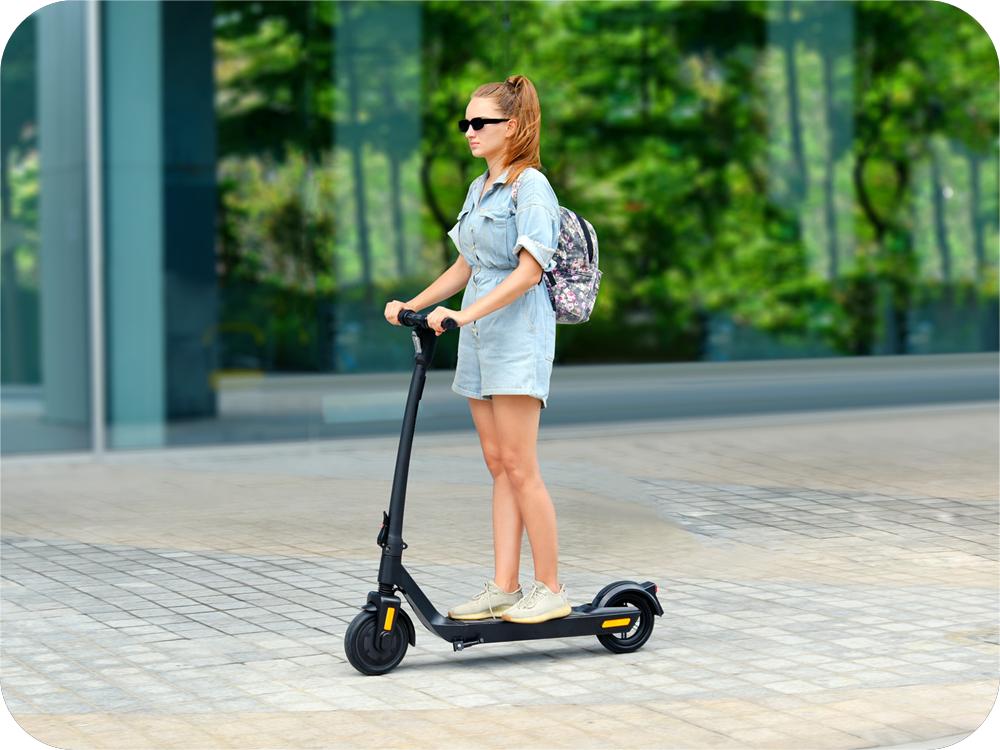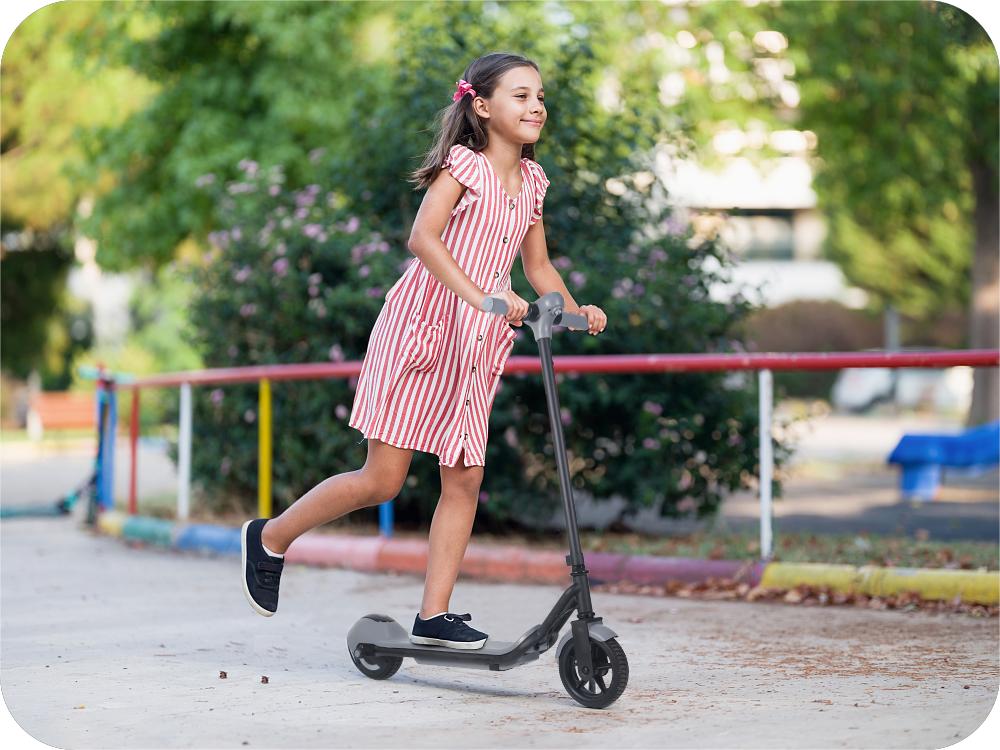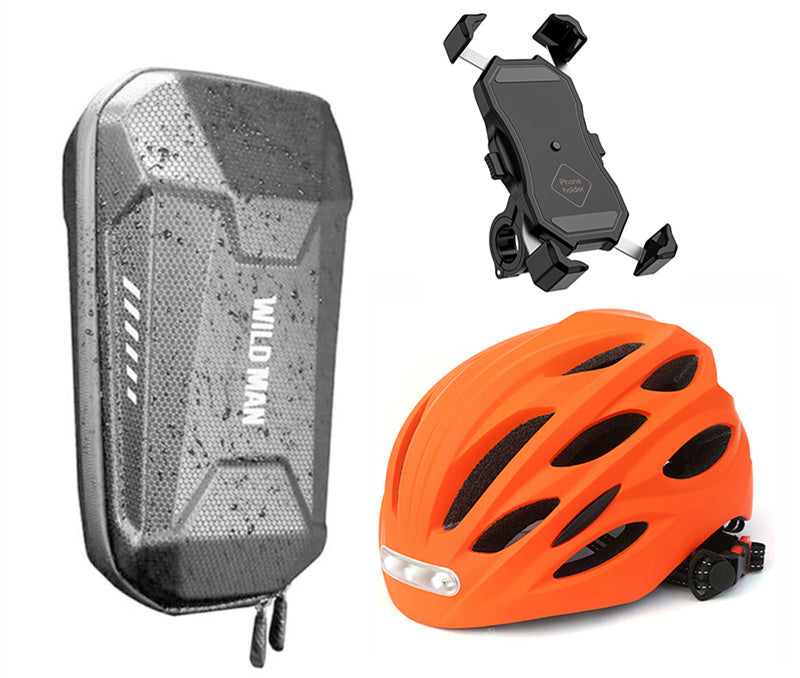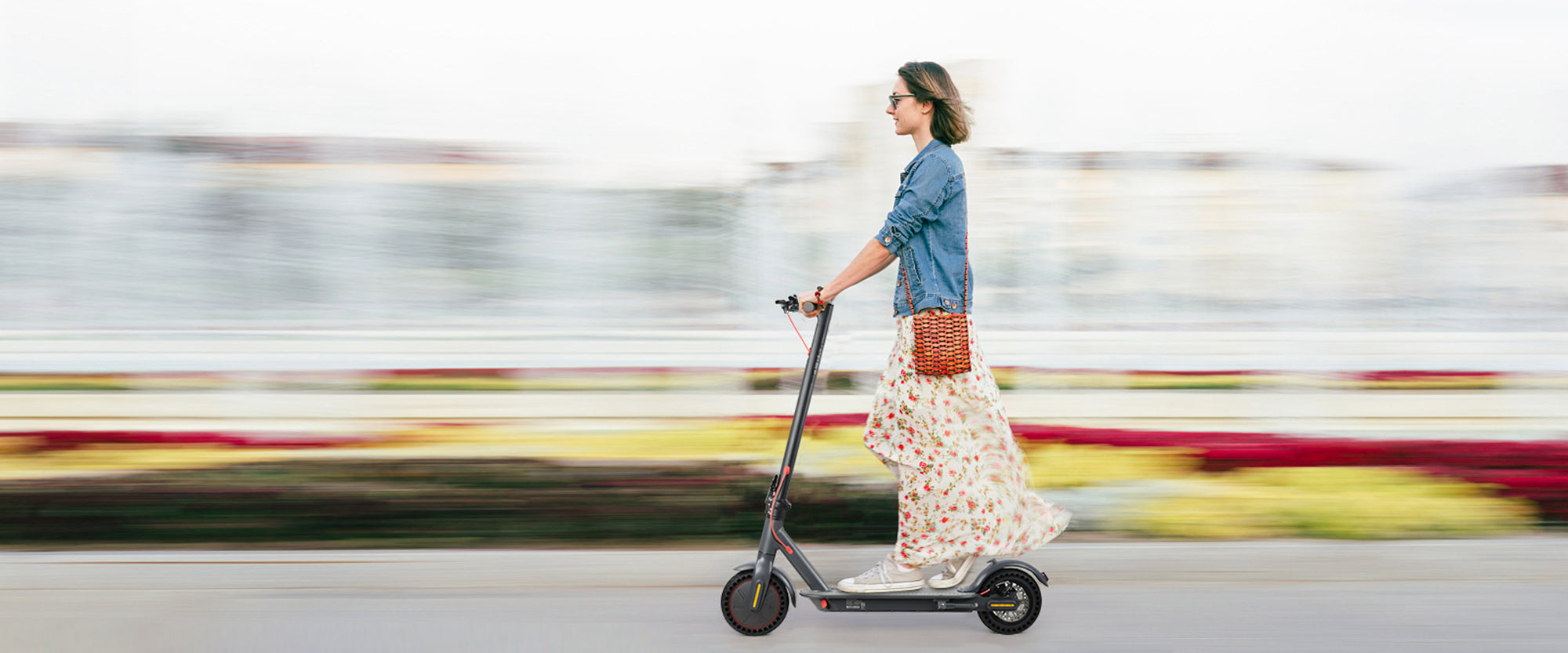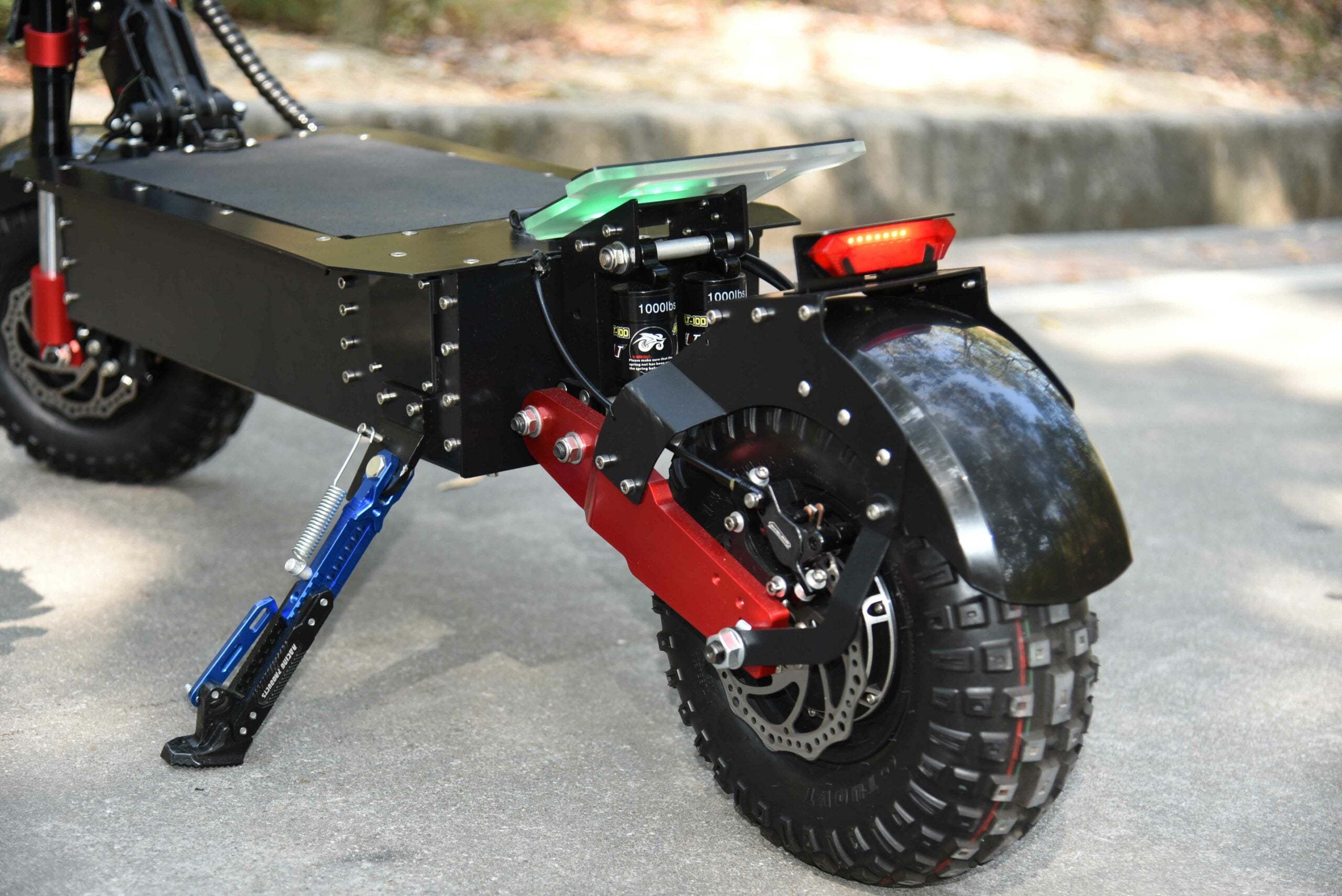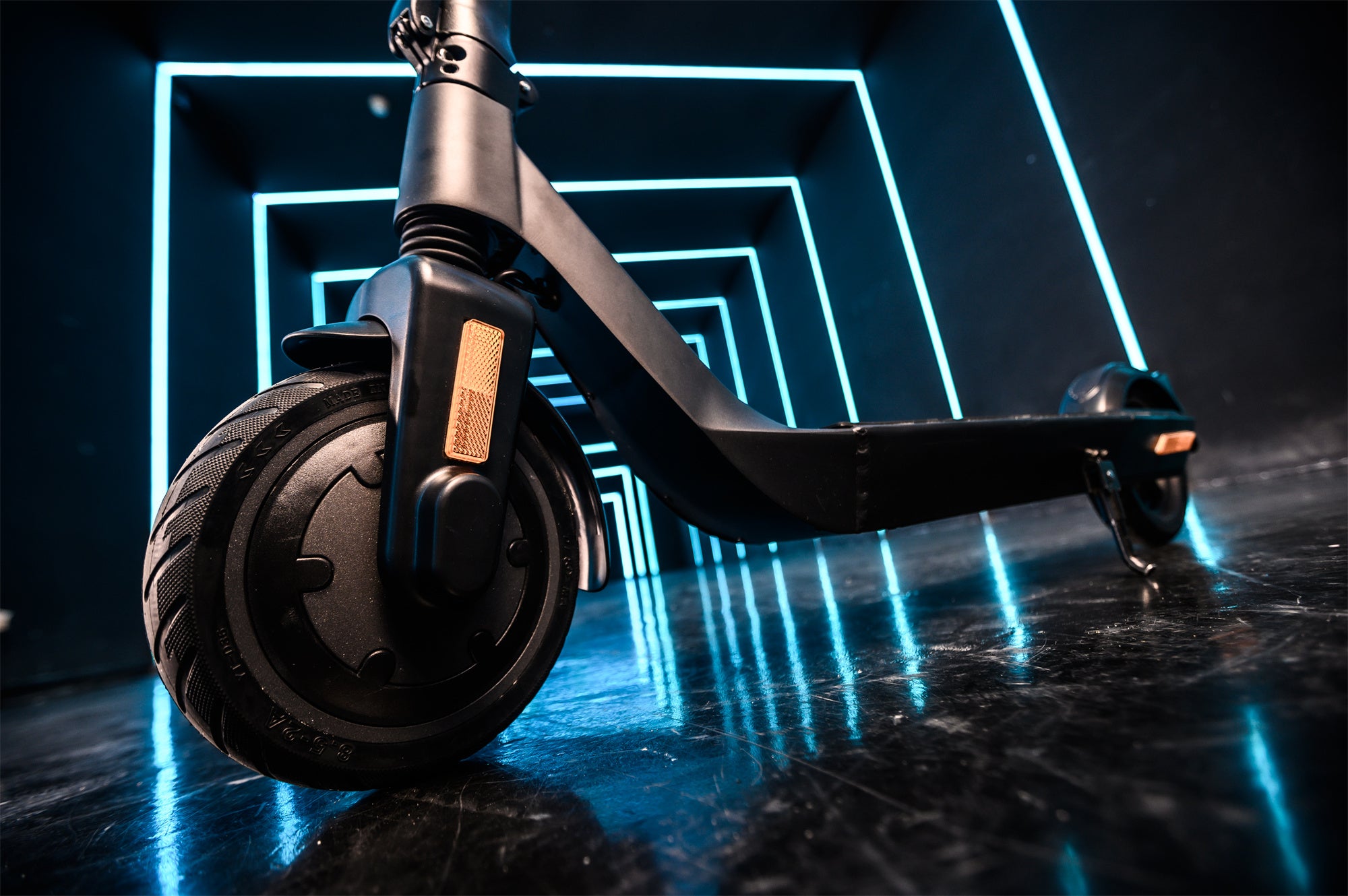Electric scooters are eco-friendly, affordable and easy-to-use micro-mobility vehicles. There are many different scooter designs, but which ones really give you a ride you can enjoy?
One important factor is the drive system. There are three different drive systems for electric scooters: rear-wheel drive, front-wheel drive, and two-wheel drive (like the Mankeel X7). Let’s take a look at the advantages and disadvantages of each system.
Electric scooters with rear-wheel drive (RWD)
Advantages: RWD vehicles are easy to manufacture, and their design has been around since the dawn of motorized vehicles. This makes them cheaper than the most expensive option, two-wheel drive. In addition, the weight distribution of RWD vehicles is better than front-wheel drive vehicles because the engine is located in the rear of the vehicle. This means more grip on uphill grades and more safety on downhill grades because the rear brakes prevent overturning. RWD’S are also corner well and are less prone to understeer.
Disadvantages: However, RWD tend to oversteer more easily compared to the other two options. This design is also the worst for wet, slippery surfaces, and you may lose traction with the front wheel.
Electric scooter with front-wheel drive (FWD)
Advantages: FDD is the cheapest of all options to produce. They offer better overall traction and power efficiency than front-wheel-drive vehicles and tend to be the most compact and lightweight systems. They handle wet and slippery roads better than all-wheel drive vehicles and also tend to oversteer less.
Disadvantages: The front-heavy weight distribution of FWD means it is more prone to understeer, which makes it harder to turn in at high speeds. This also makes it harder to get good grip uphill, and it is more prone to rollover when going downhill.
Electric scooter with two-wheel drive (2WD)
Advantages: 2WD offers the best weight distribution of all the options, as the weight of the engines is in the front and rear. This gives 2WD vehicles excellent stability and traction for quick accelerations and dealing with wet and slippery surfaces. They are the best option for turns, corners, and negotiating inclines and declines.
Disadvantages: This variant is the most expensive to manufacture and the heaviest, requiring twice the number of motors and components. It also tends to understeer like FWD, but not to the same extent.
Overall: When weight is not an issue, as with the Mankeel with its ultra-light frame, 2WD is the best option for balanced weight distribution, smooth acceleration, and navigating wet, slippery roads. With twice the number of motors, you get twice the power, and with the added weight, you get a better grip, making going up and down hills a breeze.

